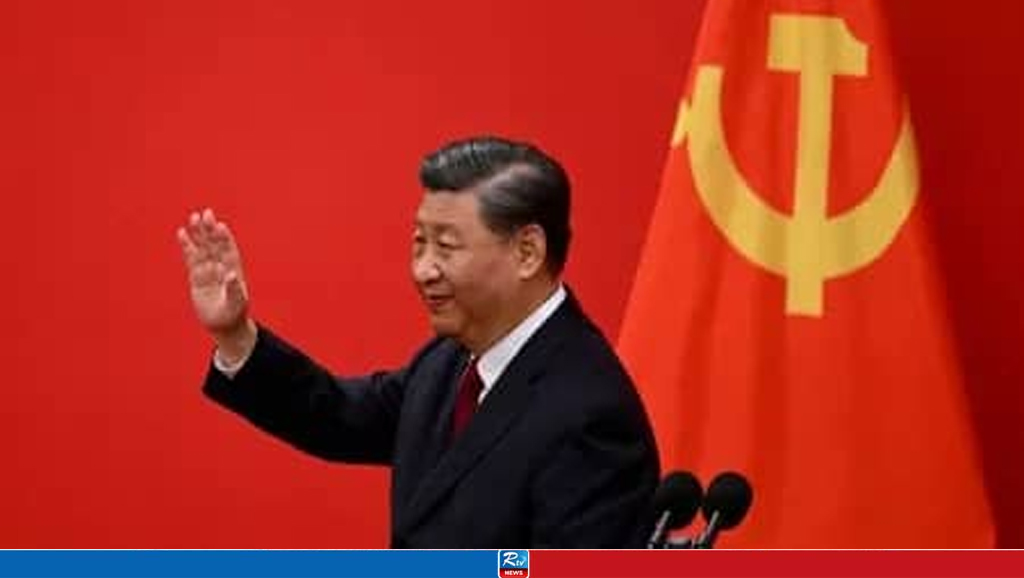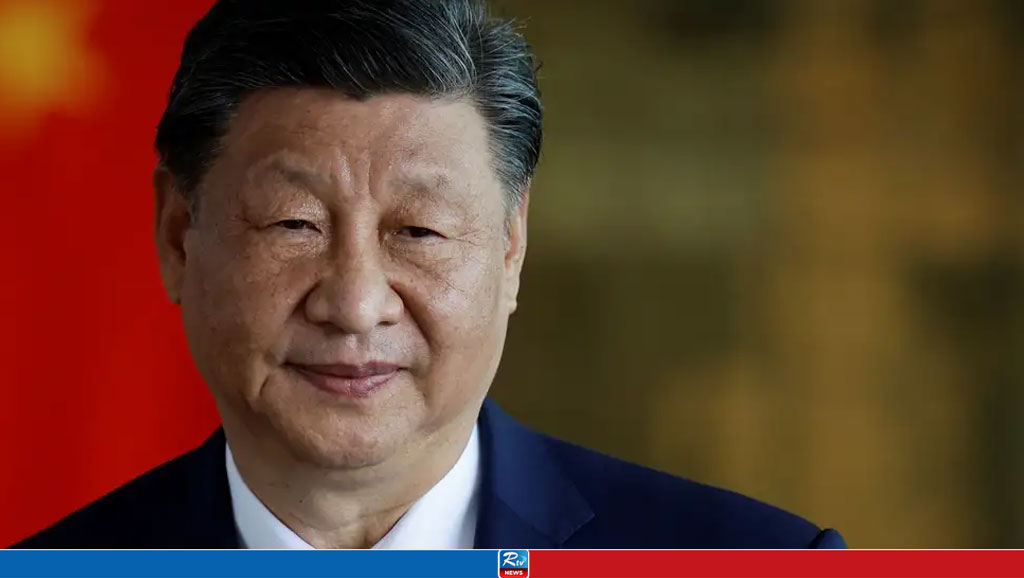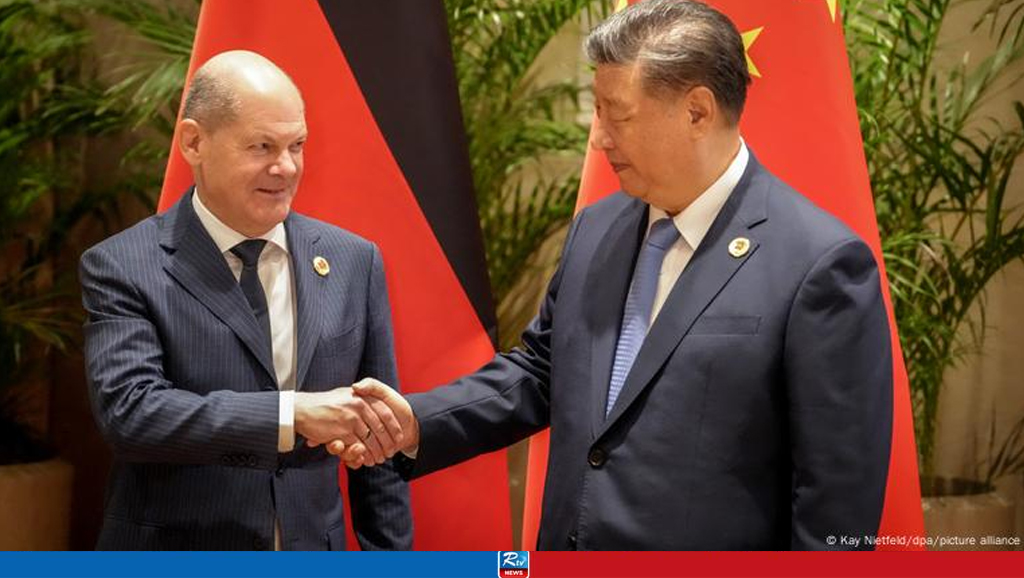Held at Dragonpoint: Impeding Democracy in BRI Nations

The Belt and Road Initiative (“BRI”) was launched in 2013 by President Xi Jinping of China and since then has become one of the largest infrastructure projects in the word. The BRI was first introduced in Kazakhstan with the land-oriented Silk Road Economic Belt and in Indonesia with the sea-oriented Maritime Silk Road. Over the years China has expanded its infrastructural development strategy and as of July 2023, official Chinese announcements state that 149 countries (including China) have joined the BRI. 44 countries from Sub-Saharan Africa are a part of BRI and form the highest number of participating members from a region.
While the initial purpose of BRI was to boost economic development and increase regional connectivity, many scholars believe BRI to be a key element China’s multi-faceted geostrategic policy. The BRI’s geographic scope includes nations already struggling to curtail public sector corruption and to develop resilient democratic institutions. An aggressive Chinese debt-funding patronage has resulted in impeding democracy in BRI countries and has reinforced autocracies.
The Democracy Index 2023, which measures the democracy level in a country based on the electoral process and pluralism, functioning of government, political participation, political culture and civil liberties, highlighted worsening democracies in several countries. While it does not analyse the impact of BRI on regressive democracies, it reports that more than 40% of the 44 countries in Sub-Saharan Africa and significant portions of the Middle East and North Africa noted a decline in their democracy scores which coincide with ongoing BRI projects in these regions. Similarly, Pakistan, which has been actively developing the China-Pakistan Economic Corridor with Beijing, has also experienced the biggest regression in Asia, downgrading itself from a “hybrid regime” to an “authoritarian regime”.
Investments via BRI
Through the BRI Projects, China aims to propel the ‘Chinese Dream’ of pushing “socialism with Chinese characteristics”, by increasing market access for Chinese companies, gaining control of strategically significant infrastructure and increasing its overall political influence around the world. Chinese state-owned enterprises have been reported to extend loans to fund BRI projects in participating nations rather than developmental grants, whereby failure to repay has entrapped the receiving country in costly debt-traps. Theorists believe that these grants and any Chinese BRI-related FDI volumes are positively related to a host country’s institutional fragility and low income as compared to general Chinese investments that are mostly prevalent in high-income countries.
BRI policies also tend to facilitate FDI in countries with weaker rule of law and less government accountability. In 2018, Djibouti, Montenegro, Pakistan and several other states were at risk of debt distress from BRI commitments. Other key examples like the Hambantota port in Sri Lanka, apprehension over Iran and China’s strategic and economic partnership and a Chinese-built highway in Montenegro that significantly increased the country’s national debt highlight China’s intrusion into national affairs of countries.
These intrusions essentially allow Beijing to leverage and force economic and political concessions to strengthen its geostrategic stand. Host governments often face pressure to reduce welfare spending, lower wages, and weaken labour standards as a consequence. As they compete for foreign investment, policies are shaped to attract Chinese investors and corporations, prioritizing their interests over accountability to the electorate.
As an example, in July 2016, Hungary and Greece blocked any direct reference to China in an EU statement about the ruling by the Permanent Court of Arbitration that struck down its legal claims in the South China Sea. Additionally, in March 2017, Hungary too refused to sign a joint letter denouncing the reported torture of detained lawyers in China, breaking the EU’s cohesive response. Some countries in Asia and Africa are also eager to adopt Chinese support to contribute to global power shifts by weakening the former colonial powers of the West.
China-linked Human Rights abuses in BRI countries
Several journalists and human rights investigators have reported declining human rights in BRI countries. A notable example is observed in Xinjiang, Kazakhstan which is considered as a historical gateway to Eurasia. Since the launch of BRI in 2013, Xinjiang authorities, with Chinese government support, have implemented “reeducation” and anti-Islamic programs targeting minority groups like the Uighur Muslims. Leaked Chinese government documents, satellite imagery, and testimonies from former detainees provide evidence of the existence of camps that violate human rights. Despite this, Chinese officials claim these camps are merely schools aimed at combating terrorism and religious extremism dismissing reports as “fake news”.
The Chinese government has also provided significant infrastructure funding through the BRI without enforcing adequate standards to protect vulnerable communities, often in concert with authoritarian governments. The construction of these large-scale infrastructure projects is regularly complemented with suppressing opposition, silencing critical civil society groups and controlling media criticism.
In Cambodia, the Chinese state-owned electricity company China Huaneng Group (“CHNG”) constructed the Lower Sesan 2 dam project as part of the BRI without community consultation and adequate relocation and compensation. Nearly 5000 indigenous people and ethnic minorities were displaced without proper resettlement. This incident sparked debates over the negligence of the Cambodian government at the behest of CHNG. Officials ignored communal concerns and objections on river ecology, impact on local fisheries and environmental concerns such as flooding. Moreover, it failed not only to provide adequate compensation but also adequate dispute resolution and grievance redressal mechanism. As such, no “free, prior and informed consent” of the affected indigenous people was obtained, as specified under the UN Declaration on the Rights of Indigenous Peoples.
Similar concerns were raised in Guinea, where the construction of the Souapiti Dam devastated lives and food security in the region. There is no evidence that China required Chinese or Cambodian companies involved in dam construction to follow international corporate social responsibility standards, provide fair compensation for damages, or adhere to the standards applicable within China. Furthermore, the Chinese government has not ensured that companies involved in large-scale BRI projects conduct proper social and environmental impact assessments, nor does it consult with affected local communities meaningfully during the planning and construction phases. Another instance has been noted whereby Metallurgical Corporation of China (MCC) employees working in Imperial Pacific’s casino in Saipan reported human rights abuse, citing forced labour, human trafficking and failure to compensate for physical injury in addition to underpayment and violating federal immigration and employment laws.
Increased Instances of state surveillance in BRI countries
An alarming trend has also emerged whereby many participating countries are actively imitating the Chinese model of repression of free speech, less democratic accountability and Chinese-inspired cybersecurity laws. China has been selling surveillance technology to Belt and Road partners, many of whom misuse these systems. Beyond providing technology, China promotes digital authoritarianism by training governments on monitoring and controlling their populations. A 2018 study revealed that at least 18 countries, including Rwanda and Venezuela, use Chinese-made surveillance systems, and 38 have Chinese telecom infrastructure 36 countries have received training on Chinese-style media control, including censorship disguised as public opinion management.
For instance, following Chinese cybersecurity training in 2017, Vietnam enacted a law mirroring China’s, and similar restrictive laws have emerged in Uganda and Tanzania. Through these efforts, China is enabling governments to commit human rights abuses in the digital age.
The primary usage of these surveillance models has also been seen in Zimbabwe and Venezuela, which are noted to have received a commercialised version of China’s ‘Great Firewall’. France’s Le Monde newspaper reported large volumes of data being transferred from the Chinese-installed servers in the African Union’s headquarters in Addis Ababa to unknown servers hosted in Shanghai every night between January 2012 to January 2017. While China denied the data theft and surveillance allegations, it is believed that the African Union kept the Chinese surveillance secret for a year after discovering it.
Initiatives like the Digital Silk Road further enable digital authoritarianism by exporting Chinese hardware, software and services for a more controllable, government-led internet. Arabic countries such as Saudi Arabia, Syria and Morocco are actively adopting the Chinese tech-authoritarian model. Examples from Egypt show how Chinese surveillance equipment from Dahua and Hikvision were used to monitor and track Uyghurs in the region. In 2019, the Uzbekistan government procured 883 surveillance cameras for the “safe city” in Tashkent to “digitally manage political affairs”.
Conclusion
The Belt and Road Initiative (BRI) has transformed from an economic and infrastructural project into a multifaceted geopolitical strategy, significantly expanding China’s influence globally. While the initiative has facilitated large-scale infrastructure projects in many developing countries, it has also been linked to the erosion of democratic institutions that includes widespread human rights abuses, debt traps and state surveillance. Countries participating in the BRI often face increased pressure to accommodate Chinese interests, leading to reduced government accountability, weakened labour laws, and the suppression of civil liberties. The use of Chinese surveillance technology and the export of digital authoritarianism have further entrenched autocratic regimes, allowing for tighter government control and diminished freedoms. The spread of Chinese surveillance models and cybersecurity laws in regions like Africa, Asia, and the Middle East reflects a broader pattern of authoritarian governance enabled by China’s technology exports and training programs. Many countries have adopted policies that closely mirror China’s, demonstrating the growing influence of Beijing’s political model. These developments challenge the global democratic order by promoting a government-led, highly controlled internet infrastructure.
Ultimately, while the BRI is achieving its goal of expanding China’s economic reach and market access, its broader impact raises significant concerns about the future of governance, democracy, and human rights in participating nations. As more countries adopt Chinese practices of surveillance, censorship, and authoritarian control, the global community must confront the long-term implications of the BRI on political freedoms and international human rights standards.
(From 'The PML Daily')
Comments
Shock as China Vice-principal’s Affair with Ex-pupil Exposed amid US$96,000 Loan Row

Bangladesh’s Fragile Progress Toward Freedom of Expression


 Live Tv
Live Tv





